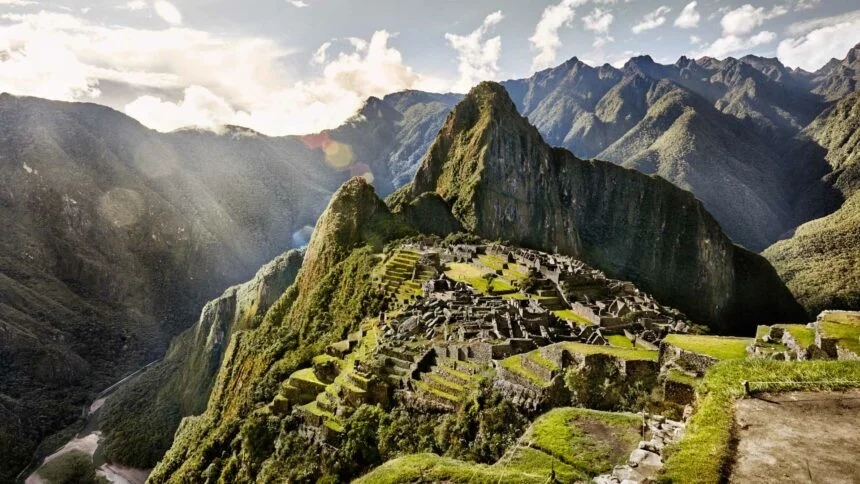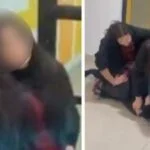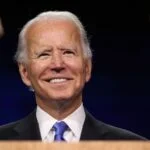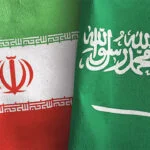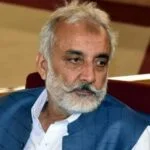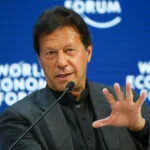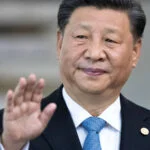According to the authorities, the site was shut down to safeguard both visitors and its own inhabitants.
At the moment, hundreds of people, largely foreigners, are said to be stranded at the site’s base.
After the previous leader was overthrown, months of violent protests broke out, leading to the deaths of dozens of people.
The marchers want new elections, which the newly elected President, Dina Boluarte, has so far refused to call for, as well as their resignation.
Roads were blocked during the most recent conflicts, and police in Lima, the country’s capital, sprayed tear gas at stone-throwing protesters.
The protests, which have hampered transportation and harmed neighbouring train tracks, have left a number of tourists stranded at Machu Picchu. On Thursday, rail service to the location was discontinued.
The officials had to save hundreds of visitors who were stranded there for days last month.
One of the New Seven Wonders of the World in 2007, Machu Picchu is an Incan stronghold from the fifteenth century in the Andes mountains. It receives about a million visitors a year, which demonstrates how popular it is with tourists.
After protests in Puno’s southern region where police stations were set on fire, authorities reported on Saturday that another demonstrator had passed away.
The conflicts have resulted in at least 58 injuries to Peruvians.
The extensive acts of violence and what the EU deemed the excessive use of force by the police have both been denounced.
“The EU calls on the government and all political actors to take urgent steps to restore calm and ensure an inclusive dialogue with the participation of civil society and affected communities as the way out of the crisis,” it stated in a report.
Years of political unrest in the nation culminated last month when Mr. Castillo was detained for attempting to dissolve Congress.




